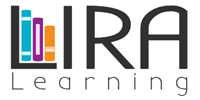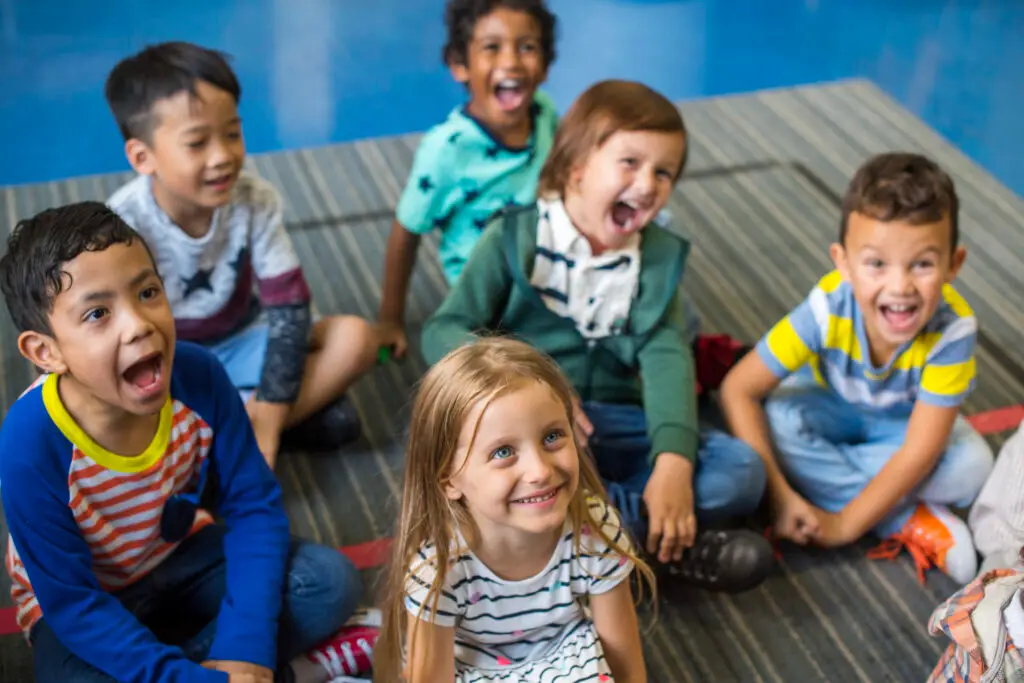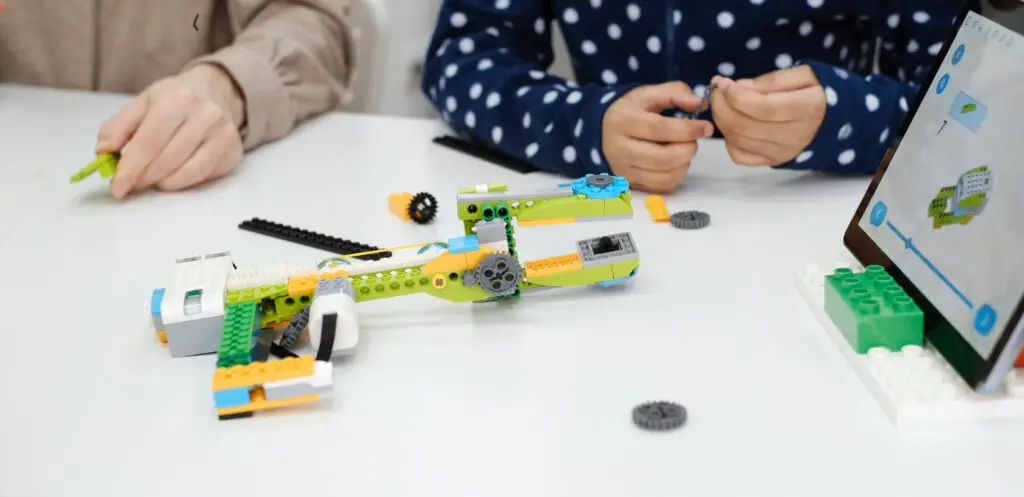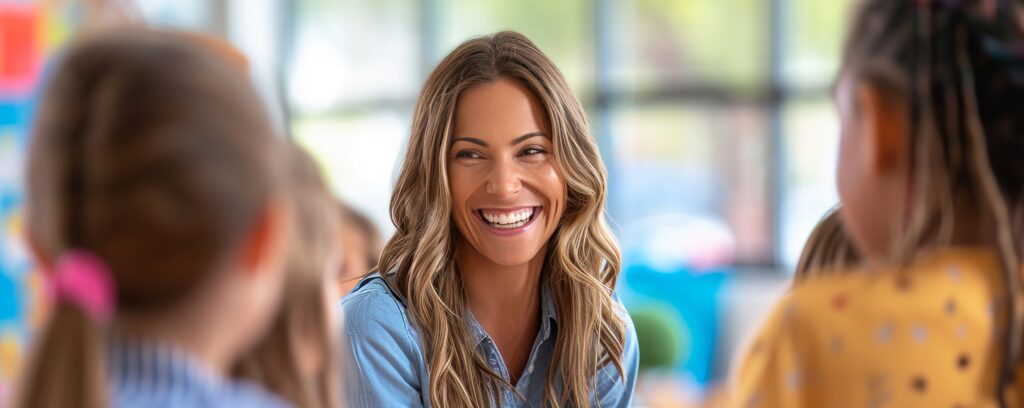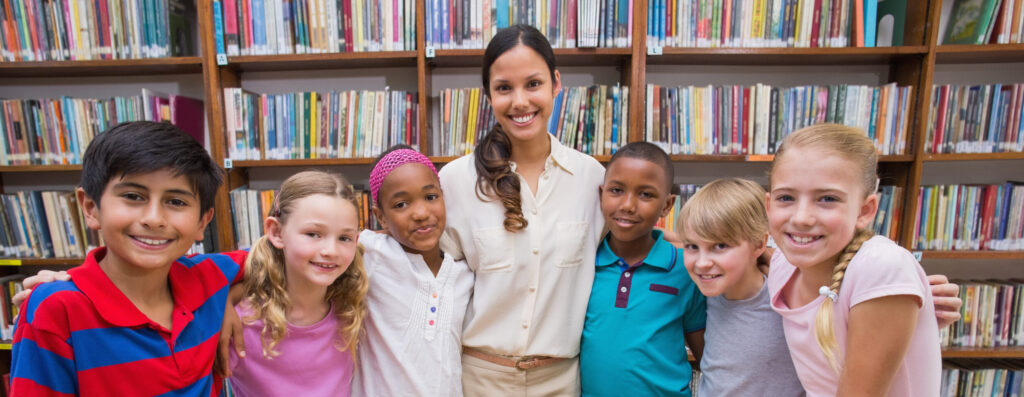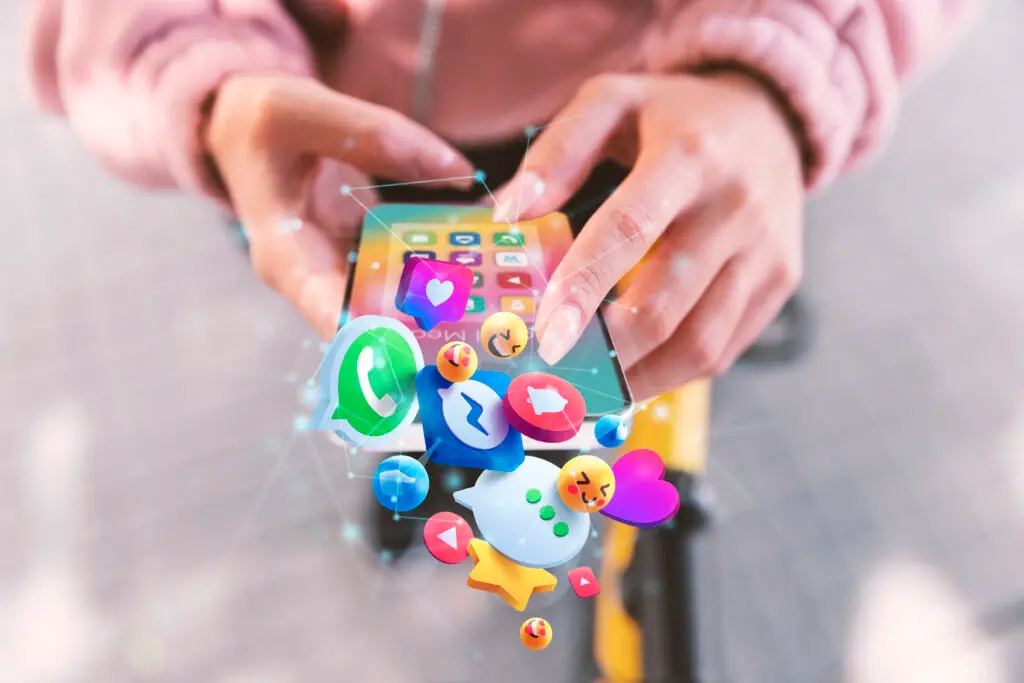LIRA versus IRA: What’s the Difference?
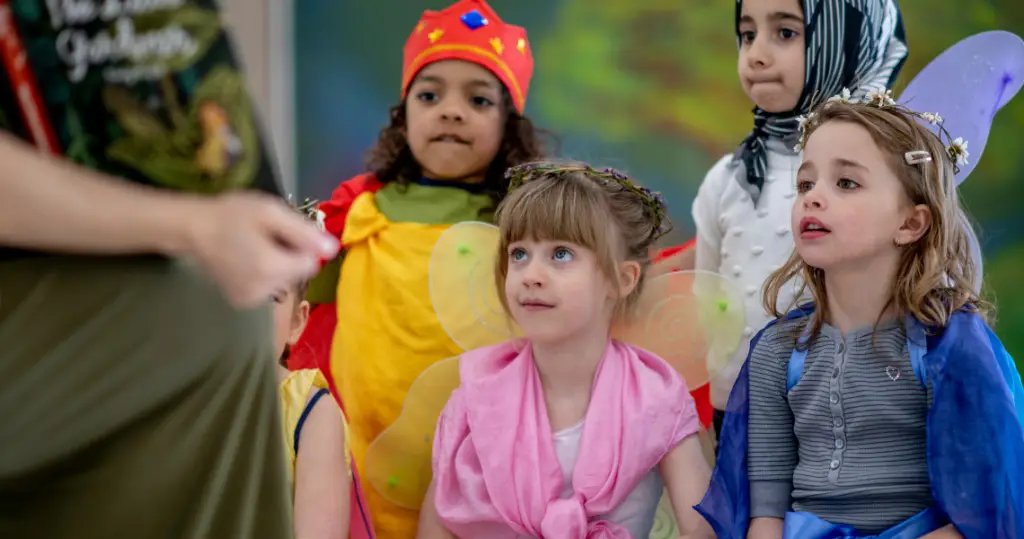
LIRA vs. IRA: Key Differences in Interactive Read Alouds
What sets LIRA apart from IRA? LIRA (Library Interactive Read Aloud) differs from IRA (Interactive Read Aloud) by focusing on exploring new ideas and deep topics. While both approaches engage students with information and ideas, LIRA stands out in three key ways.
LIRA Prioritizes Curiosity and a Love of Books
LIRA emphasizes curiosity and a love of books. It prioritizes books that immerse students in real-world events, highlight equity and social justice, explore identity and personal growth, and delve into technology and innovation. Non-fiction and realistic picture books take precedence over fiction and fantasy, keeping the focus on relevant, contemporary topics.
Clear Learning Outcomes Aligned with Modern Literacy Skills
In LIRA, educators ask, “What will students gain from this experience?” The outcomes align with modern literacy skills, providing a clear framework for the session’s educational impact. This focus guides material selection and shapes discussions during the read-aloud.
Intentional Interaction Throughout the Read Aloud
LIRA requires intentional planning for interaction before, during, and after the read-aloud. Teachers must define the purpose of each interaction. Unlike traditional read-alouds that focus mainly on reading instruction, LIRA emphasizes critical thinking, meaningful discourse, and real-world engagement.
Library Teachers Drive the LIRA Experience
Library teachers drive the LIRA experience. They carefully select books and design activities that elevate the read-aloud’s impact. This approach transforms the library into a hub for teaching modern literacy, sparking curiosity and creativity. LIRA empowers educators to own the learning process, making the library interactive read-aloud a powerful tool for developing contemporary skills.
